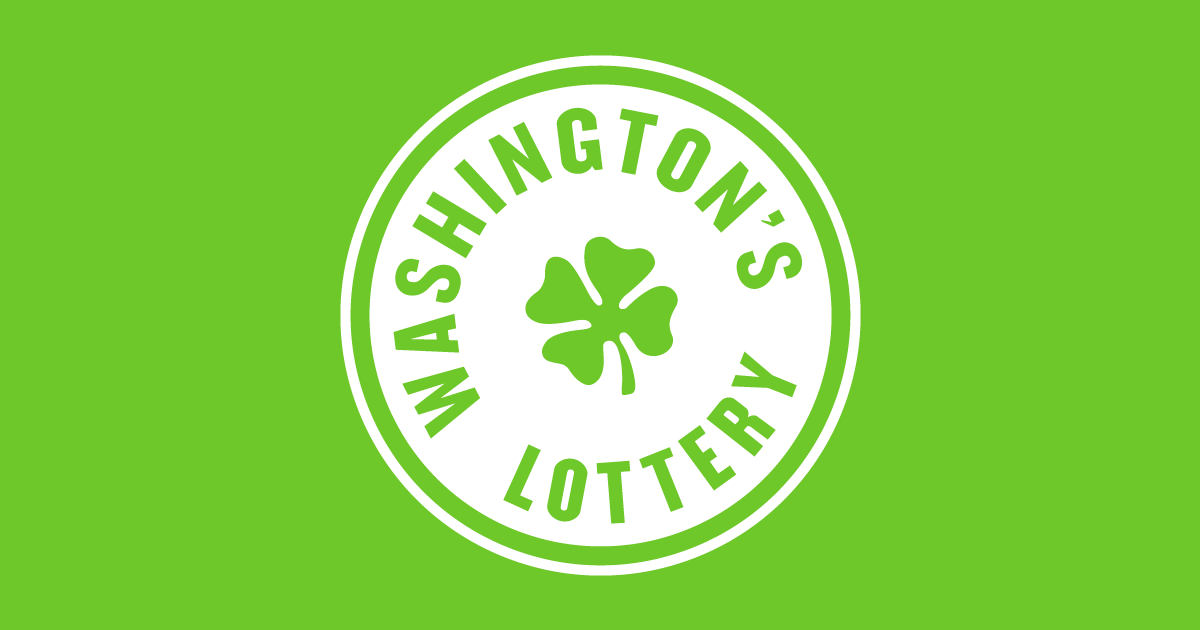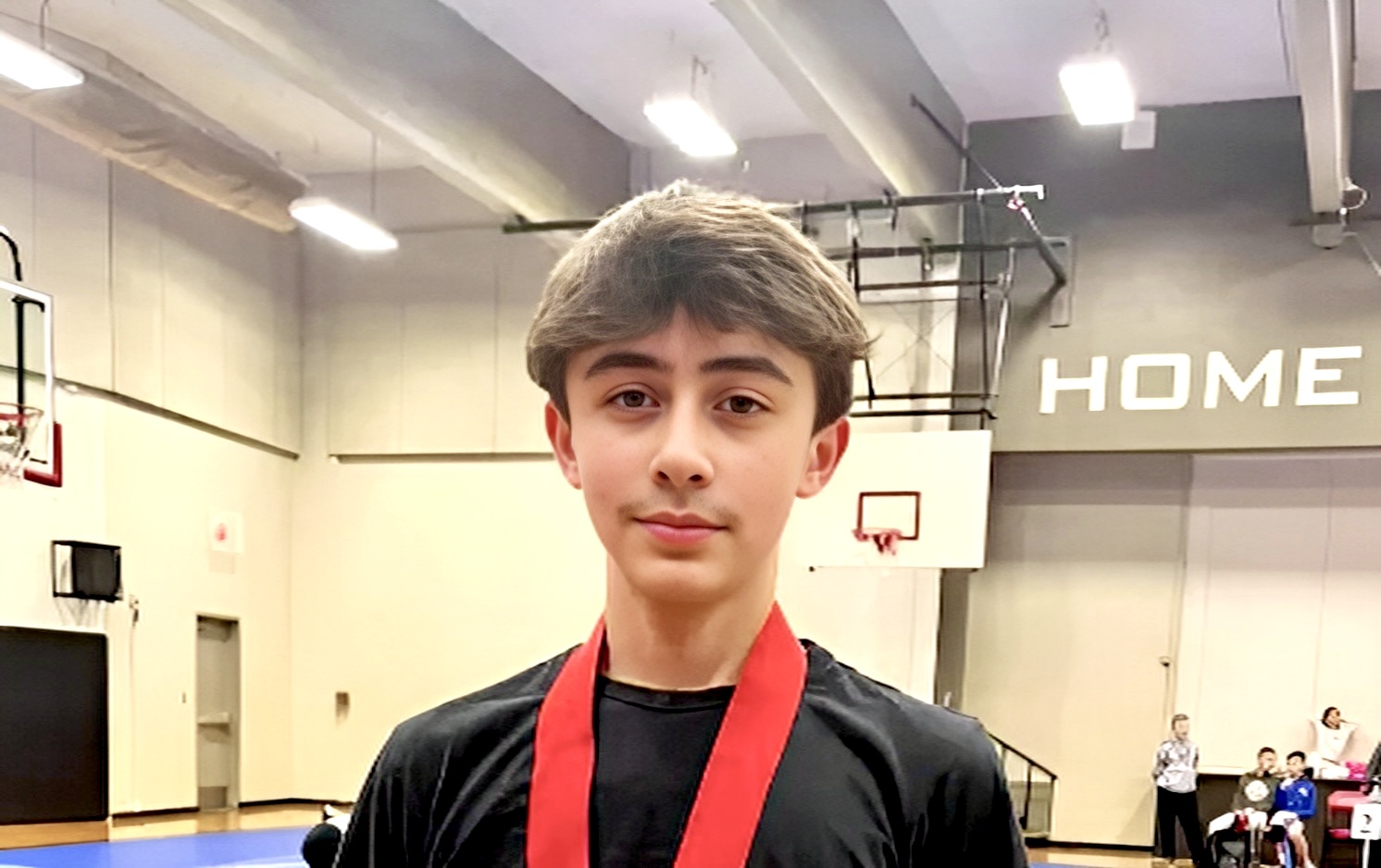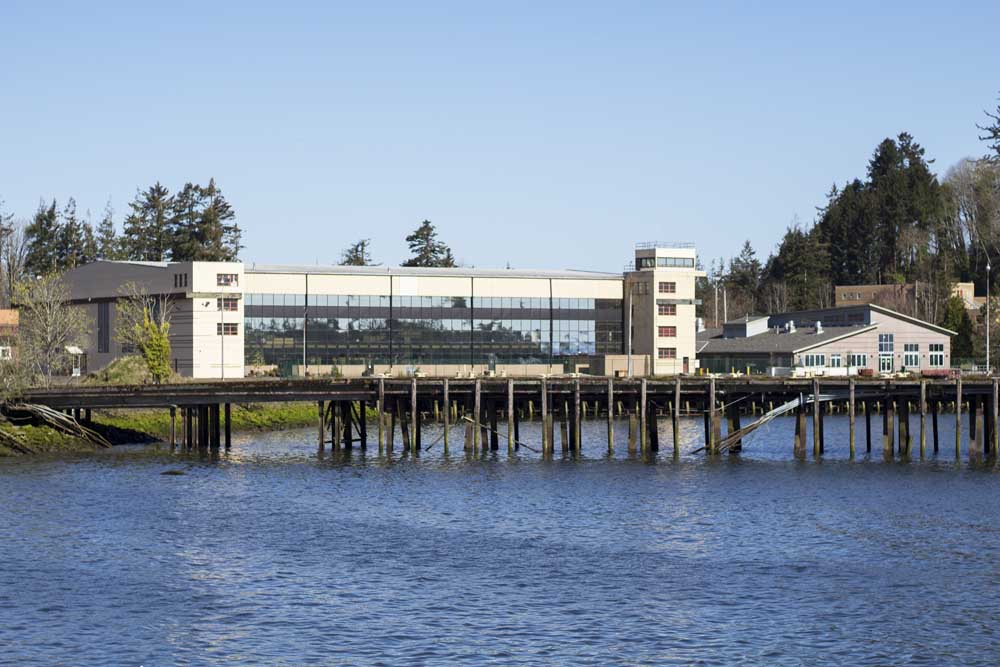Pheasant fans: Volunteers keep fall tradition alive in Chinook
Published 9:34 am Tuesday, October 8, 2019

- Steve and Tina Padel release a pheasant in Chinook in late September. The Padels release more than 100 birds weekly as part of the Western Washington Pheasant Release Program.
CHINOOK — The fall hunting season has started for a colorful game bird from China that tastes like chicken.
The Western Washington pheasant season officially began with a bang in late September, but the season is primed to continue through November with birds stocked weekly at state-owned game land in Chinook.
Plenty of pheasants
As the main salmon season winds down and clammers eagerly await the next dig, another fall ritual is currently unfolding in the fields near Chinook.
Each year 35,000 to 40,000 pheasants are released as part of the Western Washington Pheasant Release Program across approximately 25 sites, including a state-owned 1,000-acre property in Chinook, part of the bi-county Johns River Wildlife Area.
The purpose of the pheasant program is to provide upland bird hunting opportunities. Naturally sustained pheasant populations are limited in Western Washington due to cool, wet climate and lack of grain farming, according to WDFW.
Each Friday from September through November, the duration of the pheasant season, Steve and Tina Padel release birds weekly at designated spots at the Chinook site.
The Padels have participated in the program the past two years, typically releasing about 120 birds weekly during the season.
The first pheasants, Old English Blacknecks, were brought over from English game bird farms by the governors of New York and New Jersey in 1773, the same year as The Boston Tea Party.
It wasn’t until Chinese Ring-neck was released in Oregon in 1881 that birds began to propagate.
On March 13, 1881, around 60 Chinese ring-neck pheasant arrived in Port Townsend aboard the ship Otago, according to the Washington State Department of Archeology and Historic Preservation. U.S. Consul General Owen Nickerson Denny (1838-1900) and his wife Gertrude Jane Hall Denny (1837-1933) shipped the pheasants, along with other Chinese birds and plants, from Shanghai in hopes of establishing a population in their home state of Oregon.Though most of birds survived the ocean voyage, many were lost while traveling the ‘terrible’ roads between Washington and Oregon. Denny released the remaining birds on the Columbia River. He released more birds in 1882 and 1884. After those releases, the Ring-necked Pheasant began to flourish in the Willamette Valley and move into Washington.
Today pheasants have been introduced into 40 states, including becoming the state bird for South Dakota.
Pheasant hunting started in south Pacific County more than a century ago, according to Chinook Observer archives.
The pheasants come from the Bob Oke Game Farm in Centralia, where 43,000 birds are raised annually on 160-acres. The farm is the main source for birds released in Western Washington.
The farm is primarily funded through pheasant license sales ($84.50).
The pheasant program is essentially paid for by pheasant hunters, like James Joyce, 75, of Seaview, who has hunted pheasants for decades.
“It’s $85 for their [birds] rearing, which is a fair deal,” Joyce said following a morning hunt Saturday, Oct. 5. “If they didn’t do it, we wouldn’t have this. I look forward to it every year. And they’re very good eating, like chicken.”
Many of the pheasants live beyond the end of hunting season and have naturalized in the Chinook Valley to some extent. They face stiff predation by coyotes and other species, but the spectacular birds can often be spotted from local roads, casually walking along like hitchhikers in fancy pajamas.
Chinook ‘lightly hunted’
The Chinook area faces less hunting pressure compared to other pheasant sites in the state.
“The Vancouver area has 500 licenses hunting pheasant out of the Vancouver area,” Padel said. “Last year there were 80 active hunters for this [Chinook] site that have signed up through the WDFW. It’s pretty lightly hunted. There are a lot of people who don’t realize this is here.”
The general Western Washington hunting season lasts from late September to Nov. 30 each year. Hunting is allowed from 8 a.m. until 4 p.m. each day.
A small game license is not required to participate, but a Western Washington pheasant license is, costing $84.50 for adults and $40.50 for youths under age 16. The bag limit is two pheasants of either sex per day. A three-day adult permit is offered for $40.50. Non-resident licenses are $167. Generally, release sites have established parking areas or access points, according to WDFW.
A Discover Pass is not always needed to access WDFW lands. A Vehicle Access Pass is issued at no charge by WDFW with the purchase of any annual hunting, trapping or fishing license, excluding an annual razor clam or shellfish/seaweed license. A Vehicle Access Pass allows you to park at WDFW wildlife areas, boat launches and other water access sites. A Vehicle Access Pass is transferable between two vehicles.





